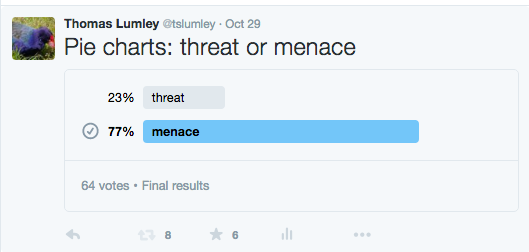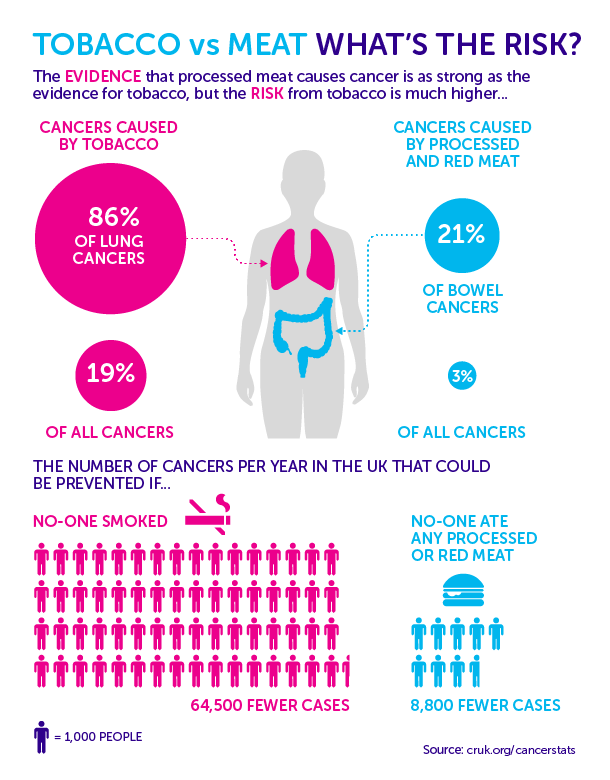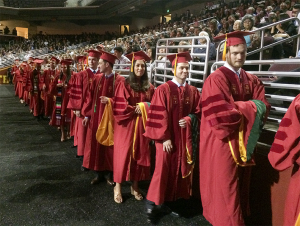On Friday the Herald published a “cheese addiction” story and I handed out a reading assignment. Now you’ve had the long weekend to look things up, Stuff has come out with the story, so we can look at the warning signs in more detail.
The first hint is in the second sentence
A new study from the US National Library of Medicine..
The US National Library of Medicine is a library, like it says on the tin. It doesn’t conduct or publish research on food addiction any more than the Auckland City Library wrote or published Into The River. Unfortunately, the combination of no publisher and no author makes it hard to find the study.
Next we hear about the Yale Food Addiction Scale and foods that rated high
While pizza topped the food list, cheese was also ranked high because of an ingredient called casein, a protein found in all milk products. When it is digested, casein releases opiates called casomorphins.
If you look up the Yale Food Addiction Scale, you find
Foods most notably identified by YFAS to cause food addiction were those high in fat and high in sugar.
That seems plausible, and it would explain pizza and cheese being on the list. If the high rating was because of casein, you’d expect high ratings to be given to low-fat cheeses, but not to high-sugar foods, and that isn’t what has been found in the past with this scale.
You probably haven’t heard of casomorphins. I hadn’t. It turns out that quite a lot of small protein fragments stimulate opioid receptors to some extent (in a lab-bench setting). The ones from milk protein are called casomorphins. There are also some from gluten, some from soy protein, and some even from spinach.
So far there isn’t good evidence that any relevant quantity of these fragments would get into the human brain, or that they would have much effect there, but if they did, tofu would be as much a risk as cheese.
While we know the National Library of Medicine didn’t do the research, they do have an excellent search facility for research stored on their virtual shelves. It doesn’t list any papers about both “Yale Food Addiction Scale” and either “casomorphin” or “casein”.
In any case the story changes right at the end
If a food item is more processed, it’s more likely to be associated with addictive eating behaviours.
If that’s true it would argue against casomorphins being the problem.
Although the full picture does take some work and some knowledge of biochemistry, you can tell in a few minutes with just Wikipedia that the attribution of the research is wrong and that the claims contradict previous uses of the Food Addiction Scale. In Friday’s Herald version you could also tell the story was being pushed by a lobby group rather than by the researchers.


